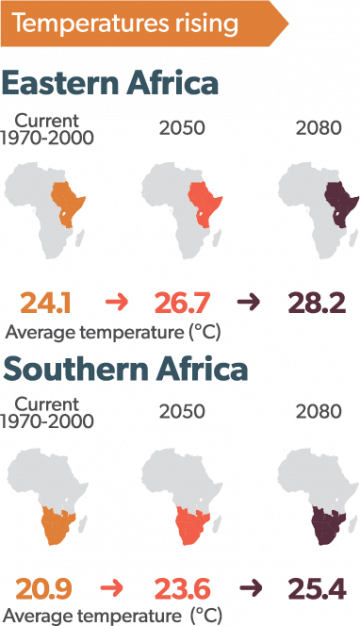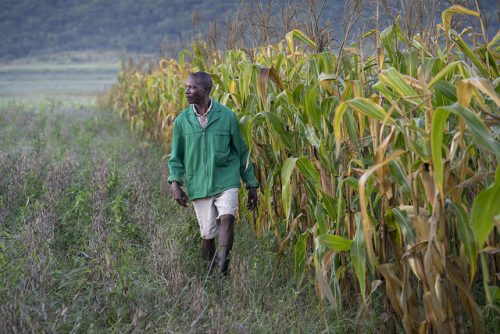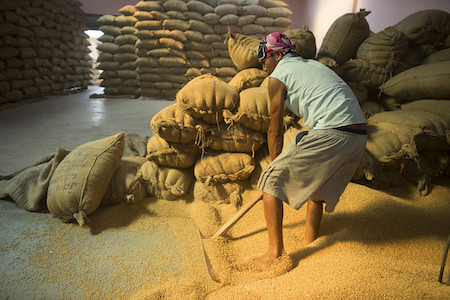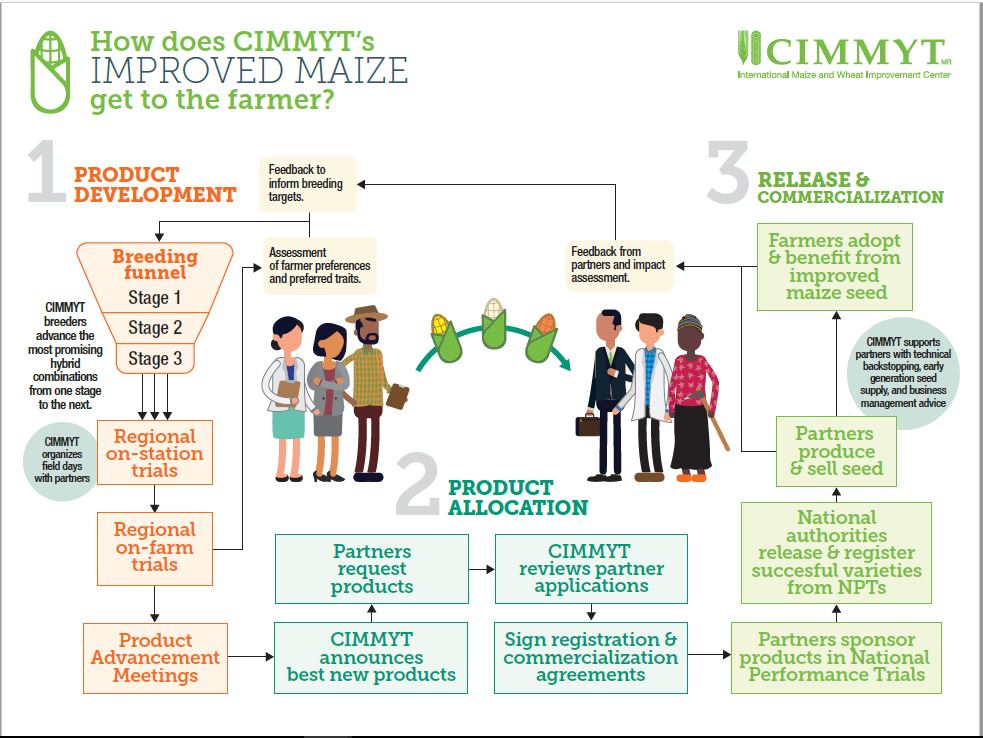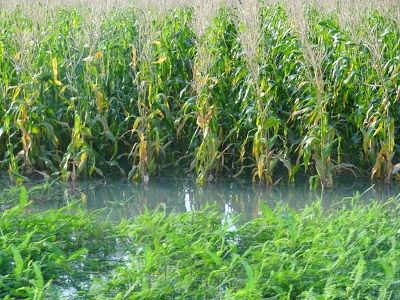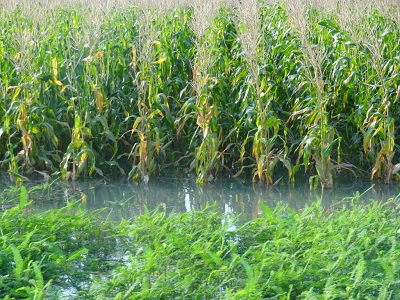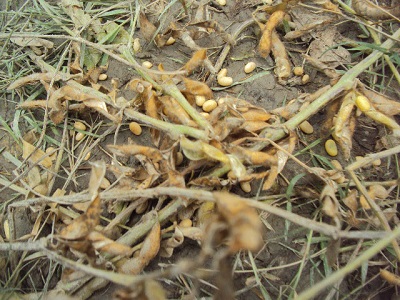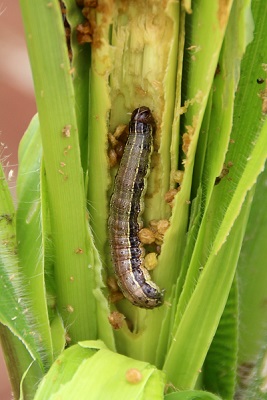Local businesses boost farmer access to quality seed in Nepal
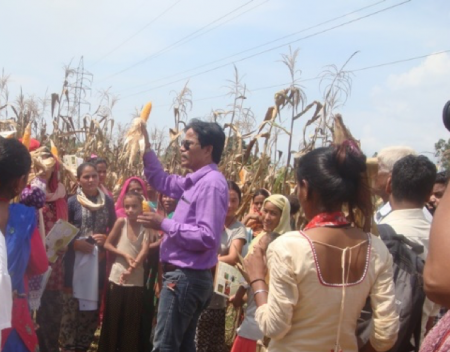
KHATMANDHU, Nepal (CIMMYT) — In Nepal, nearly 20 local seed companies are involved in producing and marketing seed, contributing to about 50 percent of the country’s formal seed supply system.
Maximizing crop yields requires quality seed production and the development of new varieties locally. Adopting improved quality seed alone has shown to increase crop production up to 30 percent.
However, seed production practices are currently not standardized in Nepal and seeds of inconsistent quality are produced by various sources. To ensure farmers adopt new varieties, the Nepal Seed and Fertilizer project (NSAF) is working with seed companies to build their capacity for both seed production and distribution by providing technical guidance and resources to strengthen local seed production, seed producers’ network and market linkages by adopting new technology and business approaches.
NSAF also helps seed companies hold seed production demonstrations for newly released crop varieties to test, analyze and promote the best agronomic practices for achieving high yield. As a result, several farmers have shown interest in adopting improved practices in seed production.
A NSAF seed partner company was recently presented an award from Nepal’s Ministry of Agricultural Development and the Food and Agriculture Organization of the United Nations for World Food Day 2017. Global Agri-Tech Nepal Private Limited (GATE Nepal), the awardee, was recognized for their excellent contribution in seed production and distribution network for seed supply.
“Over the span of seven years, the company’s yearly portfolio of seed trading has increased from 40 tons to 800 tons by 2017,” said Tikaram Rijal, Managing Director of GATE Nepal.
GATE Nepal has been engaged in the production, processing and marketing of government-registered high quality improved cereal, legume, oil and vegetable seeds. NSAF is supporting the company by training and providing newly released seed varieties to growers, which have resulted in 20 percent production growth by participating farmers.
Learn more about the Nepal Seed and Fertilizer project (NSAF) through this infographic and fact sheet from the U.S. government’s Feed the Future initiative.
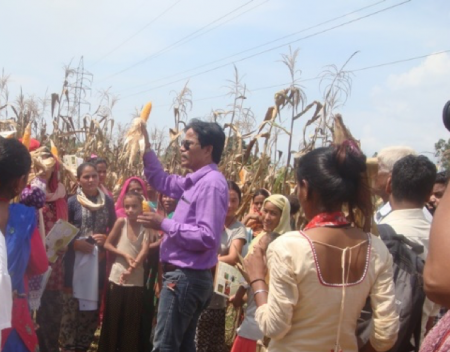
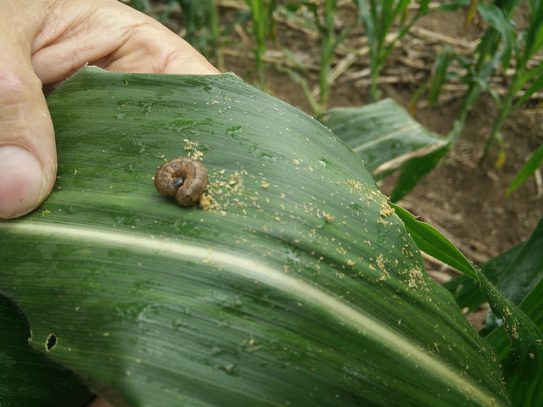

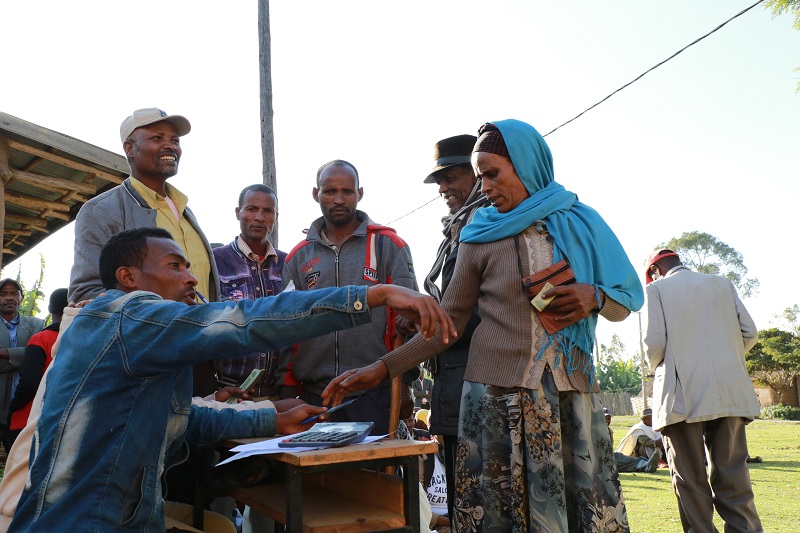
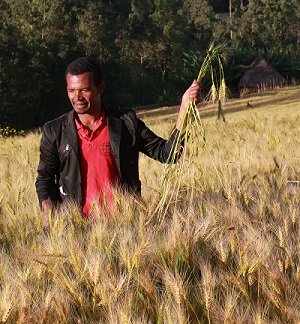

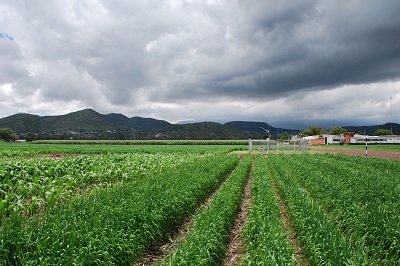
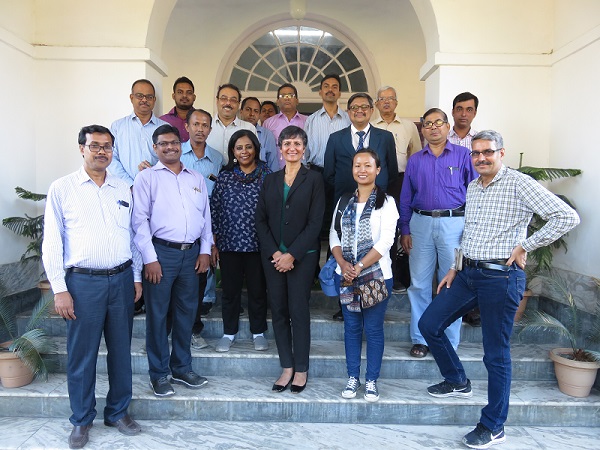
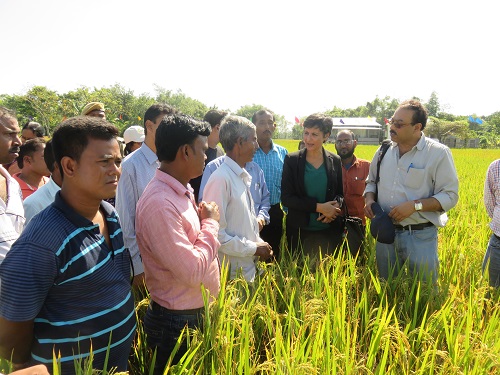
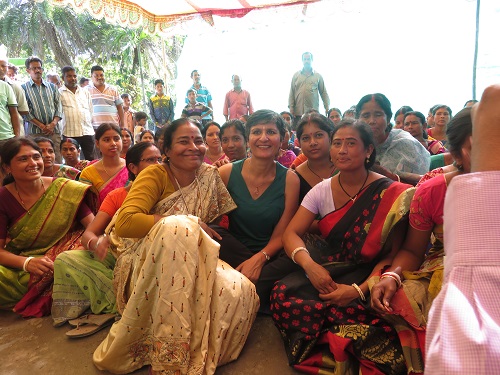

 Food security is at the heart of Africa’s development agenda. However, climate change is threatening
Food security is at the heart of Africa’s development agenda. However, climate change is threatening 